Happy Women’s History Month! We love celebrating here at Recollections and will be sharing related content during March. It is such a fun opportunity to dive into our favorite topic, but the day itself has a rich history and one that involves a lot of brave, pioneering women. We will go into the story of how March became designated for this noble purpose in a future post. But to kick things off, let’s get colorful! One of the aspects of the entire existence of Women’s History Month is that it has always been associated with the colors white, green, purple, and gold.
Let’s take a look at the reasons why!
Women’s History Month 2023 theme
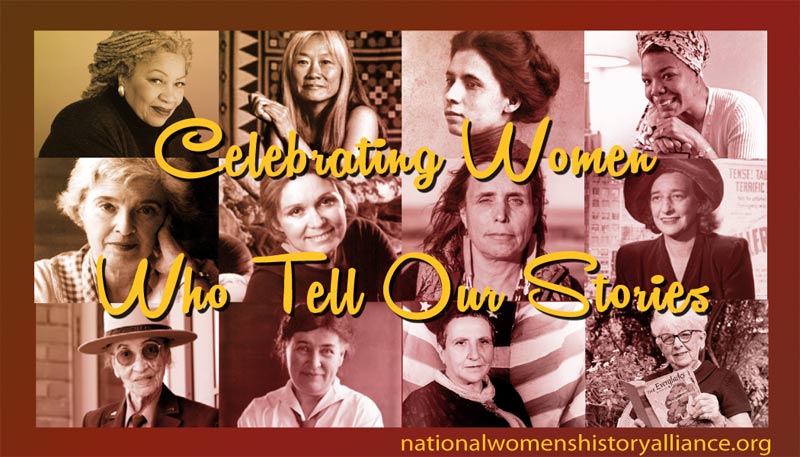
The Women’s History Alliance has been operating since 1980 and led the effort to have March declared Women’s History Month. Each year they select a theme for the month with the goal of “writing women back into history.” This year the theme is “Celebrating Women Who Tell Our Stories.” Says the Alliance:
“From the earliest storytellers through pioneering journalists, our experiences have been captured by a wide variety of artists and teachers. These include authors, songwriters, scholars, playwrights, performers, and grandmothers throughout time. Women have long been instrumental in passing on our heritage in word and in print to communicate the lessons of those who came before us. Women’s stories, and the larger human story, expand our understanding and strengthen our connections with each other.”
Is there a woman from history that you would like us to share? Or a preservation effort that you are involved with that we can highlight? Comment below or get in touch with our team – we want to join the effort to tell women’s stories.

The colors of Women’s History Month
Now, onto the colors!
White
The suffragists originally included white as part of their symbolic color palette due to its association with purity, though its inclusion has evolved with time. Writes the National Geographic: “But white, symbolizing purity, is the color most associated with suffragists today. Long associated with youth, virginity, and moral virtue, white suggested that women could be expected to vote for politicians and policies that would better society.
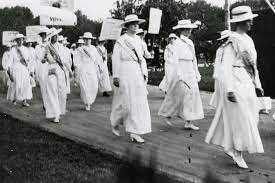
While it began as a color to elevate women’s moral standing, white has evolved in the women’s movement to represent equality. Still today it is used for this purpose, as seen in a 2019 act of solidarity among female congresswomen.
Green
Green is perhaps the, shall we say, most natural color of Women’s History Month. Green symbolized growth and new beginnings since the dawn of time and was one of the common colors used in the suffrage movement.
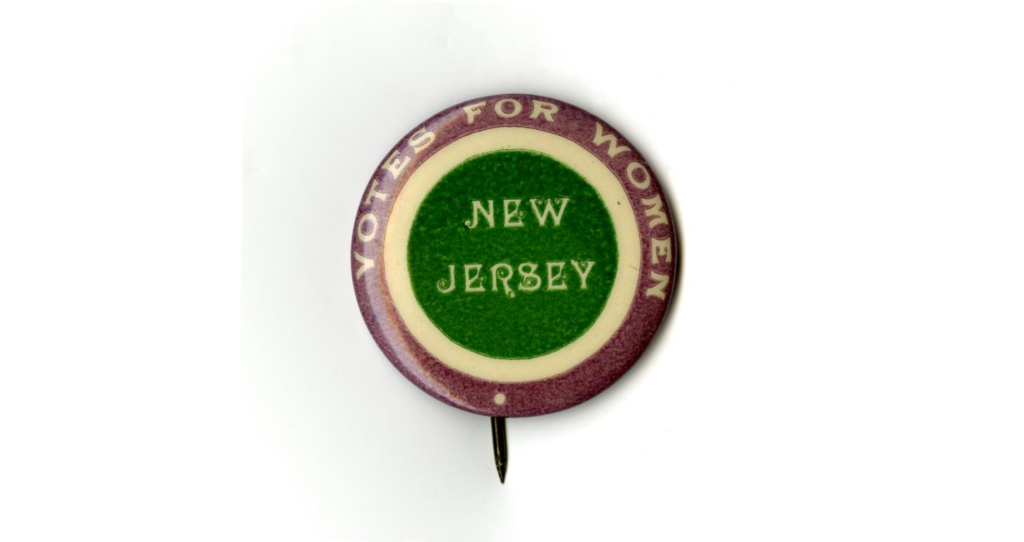

Love the Women’s History Month colors? Get some history-inspired bling over at our store.
Purple

Purple is perhaps the most significant of the colors used for Women’s History Month and the one most closely tied to the women’s movement as a whole. And, it happens to be one of my two favorite colors, so I enjoyed learning more about its role for this post.
Considered to be a highly regal color, purple’s ties to women’s causes dates back to 1903 if not earlier. It was used by the Women’s Social and Political Union in the United Kingdom during their fight for the vote and spread from there. International Women’s Day was celebrated globally for the first time in 1908 and by that time it had already become the color of the occasion. And of course, in the 1930s it would become forever associated with the female plight with the publication of Alice Walker’s classic The Color Purple.
Besides its use for Women’s History Month purple is also used for domestic violence awareness and the #metoo movement. Learn more at The Purple Campaign.
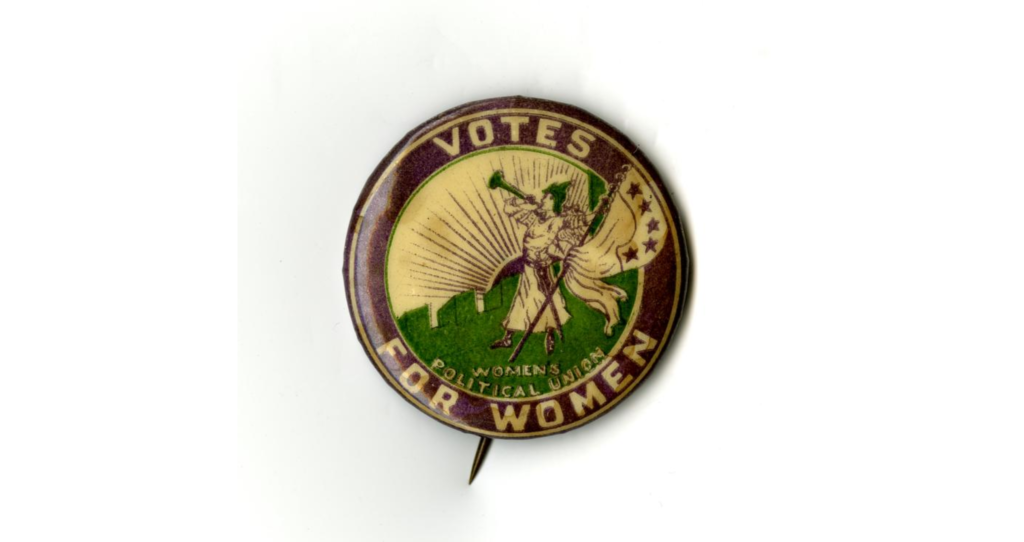
Gold
Last, but certainly not least, is gold. Using this color in your March celebrations is a beautiful way to honor the tireless and fearless efforts of the suffragists. Says Professor Sharon Barnes, PhD in an interview with Today:
“Gold was also a popular color for American suffragists. It emerged from their losing battle for suffrage in the state of Kansas in 1867, when they adopted the sunflower, Kansas’ state flower, as their symbol. The gold of the sunflower was seen as ‘a beacon of hope’ and was adopted by American suffragists along with the purple and white from the UK movement.”
Its significance in the fight for women’s votes can clearly be seen in the following two postcards from the American and British movements (respectively).
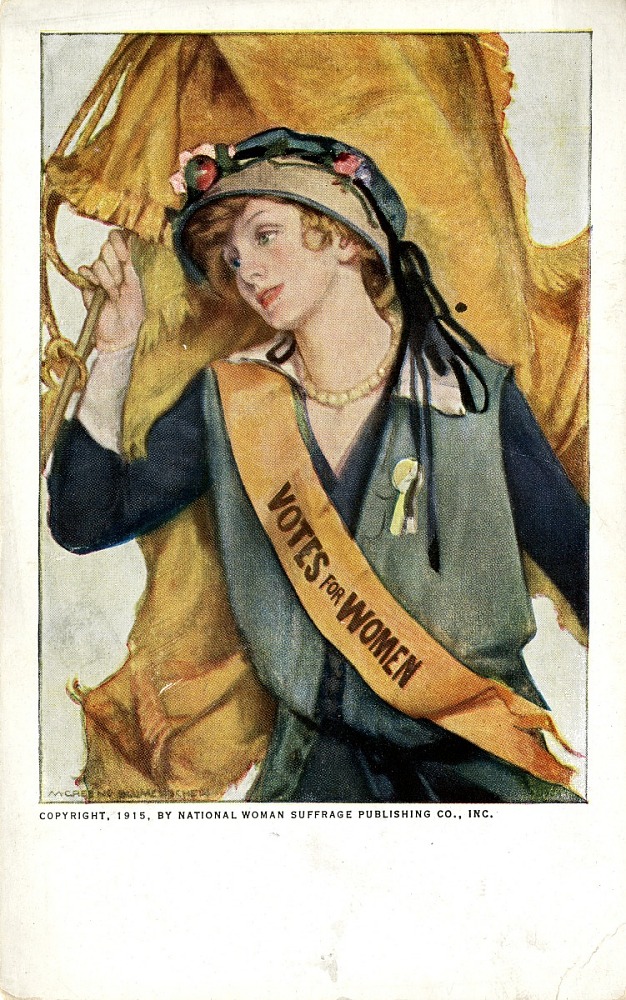
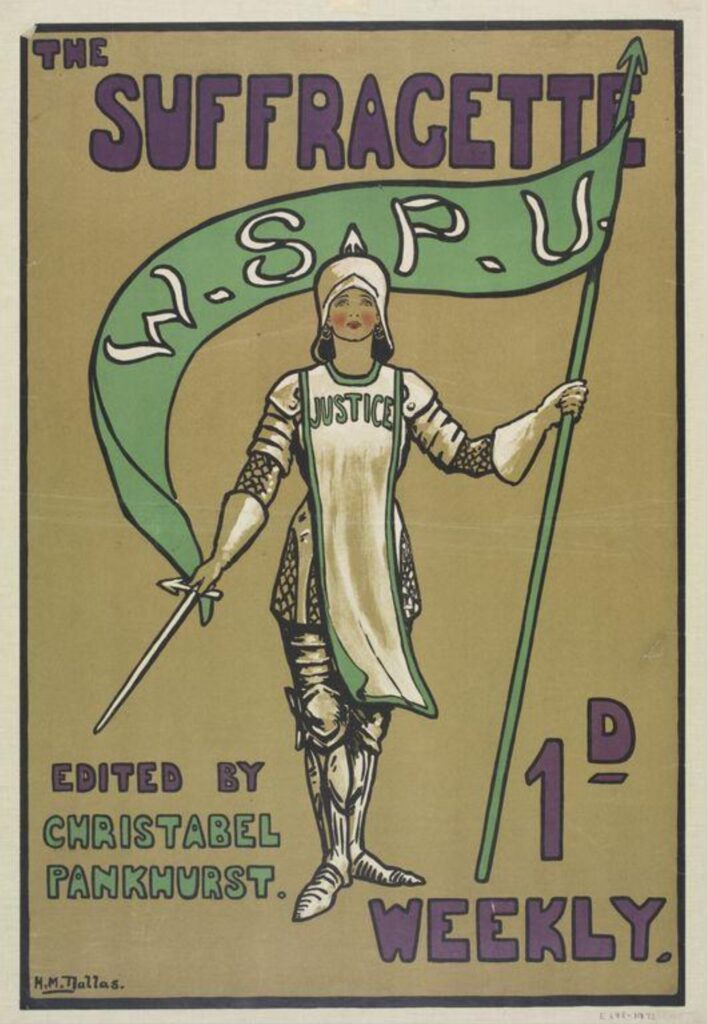
As I write this post I am sitting looking at a delicate baby pansy. Take a look at the colors. I think they are a message to me that the women who started it all approve.
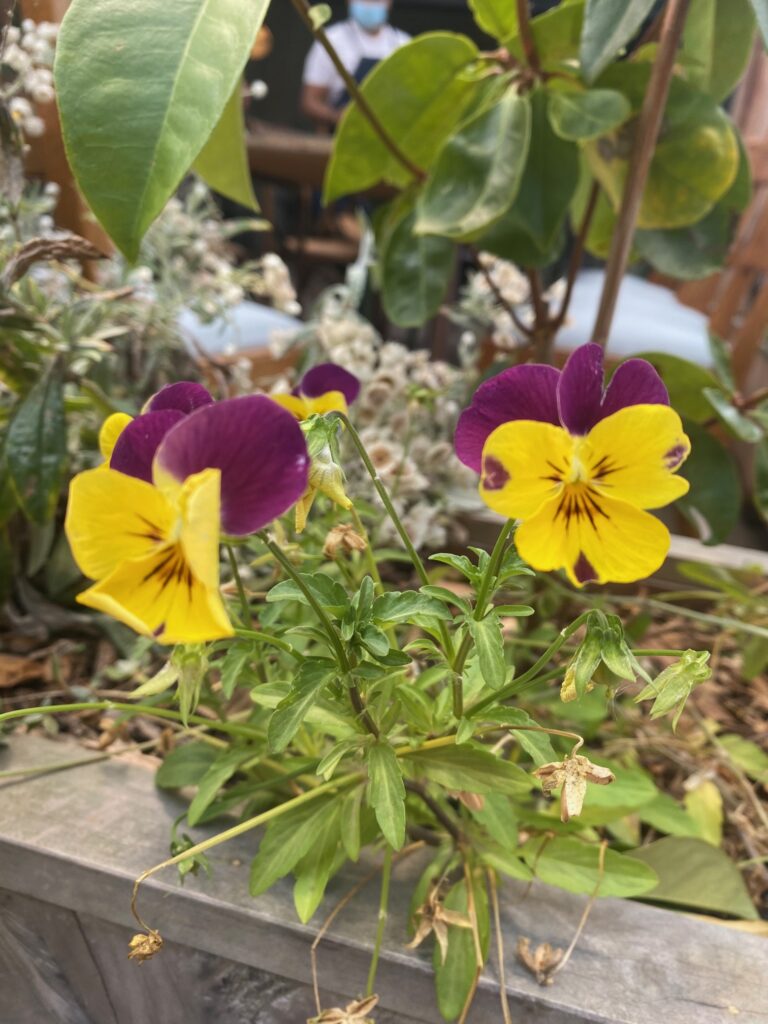
More women’s history fun:
Remembering Joan Walsh Anglund
Mary Titcomb: service through books
5 facts about Margaret Tobin Brown (aka The Unsinkable Molly Brown)

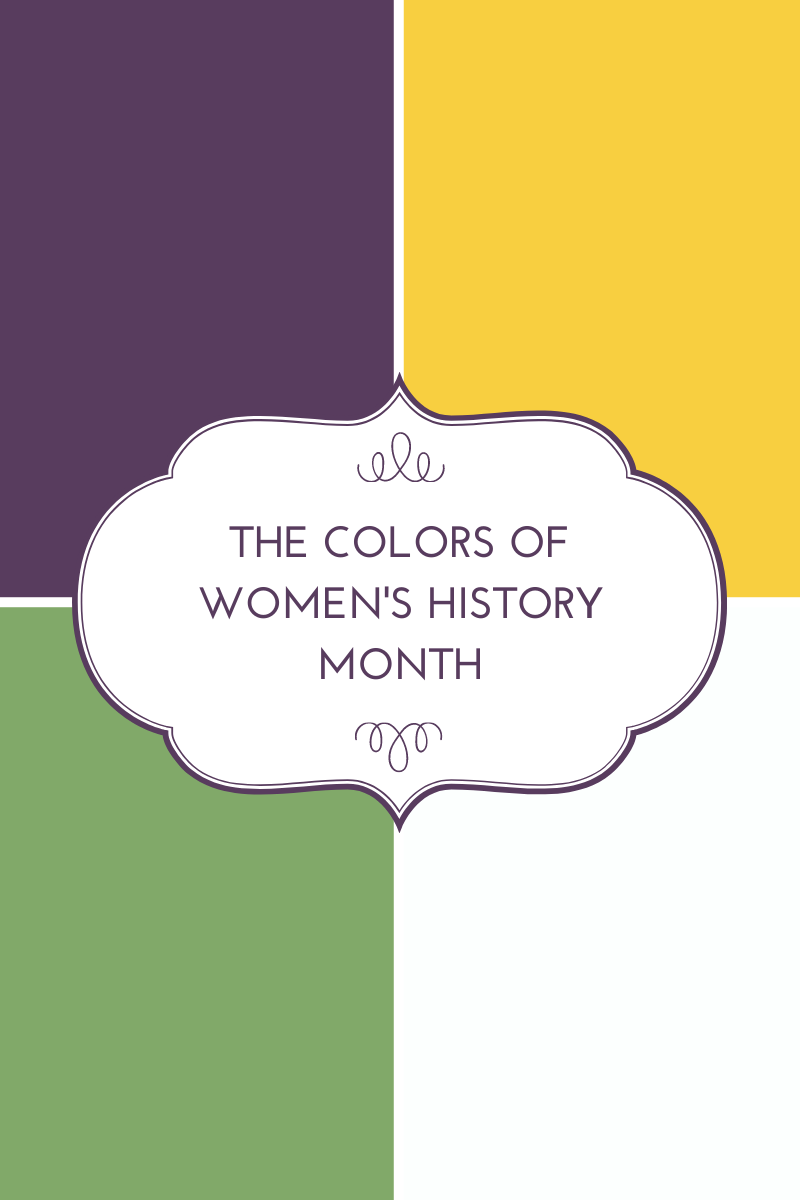
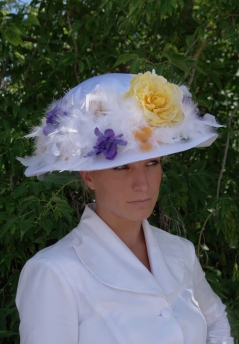






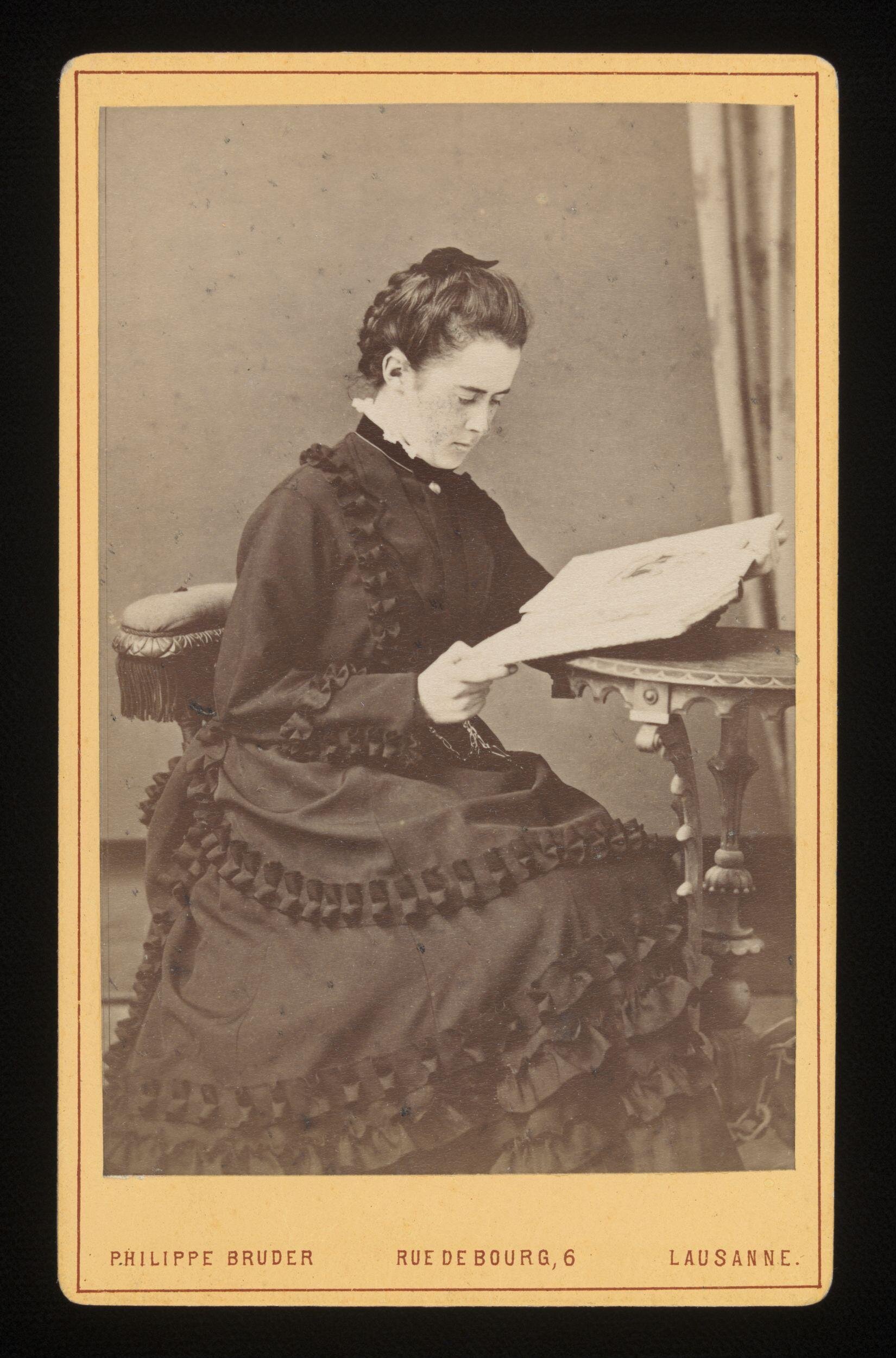

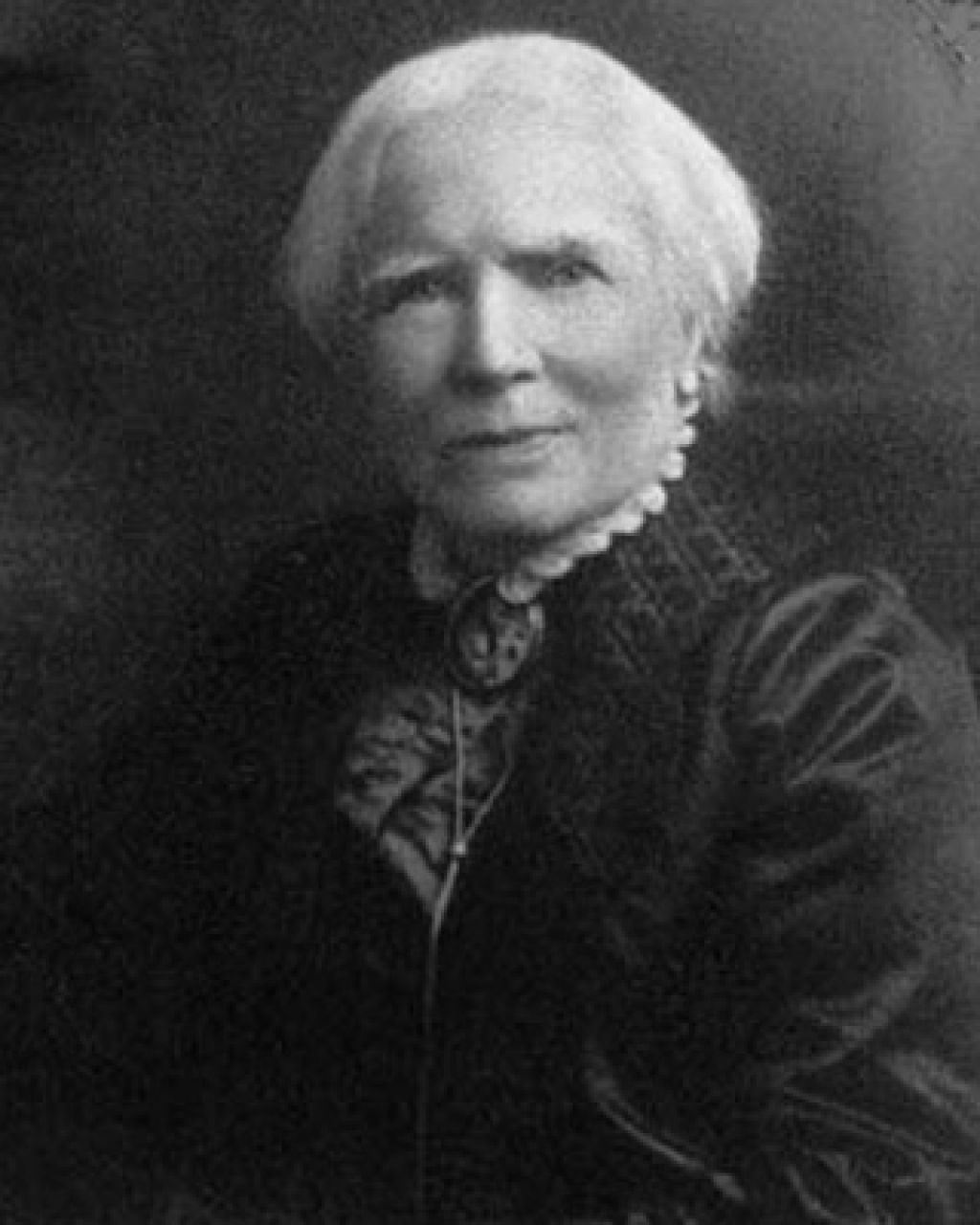
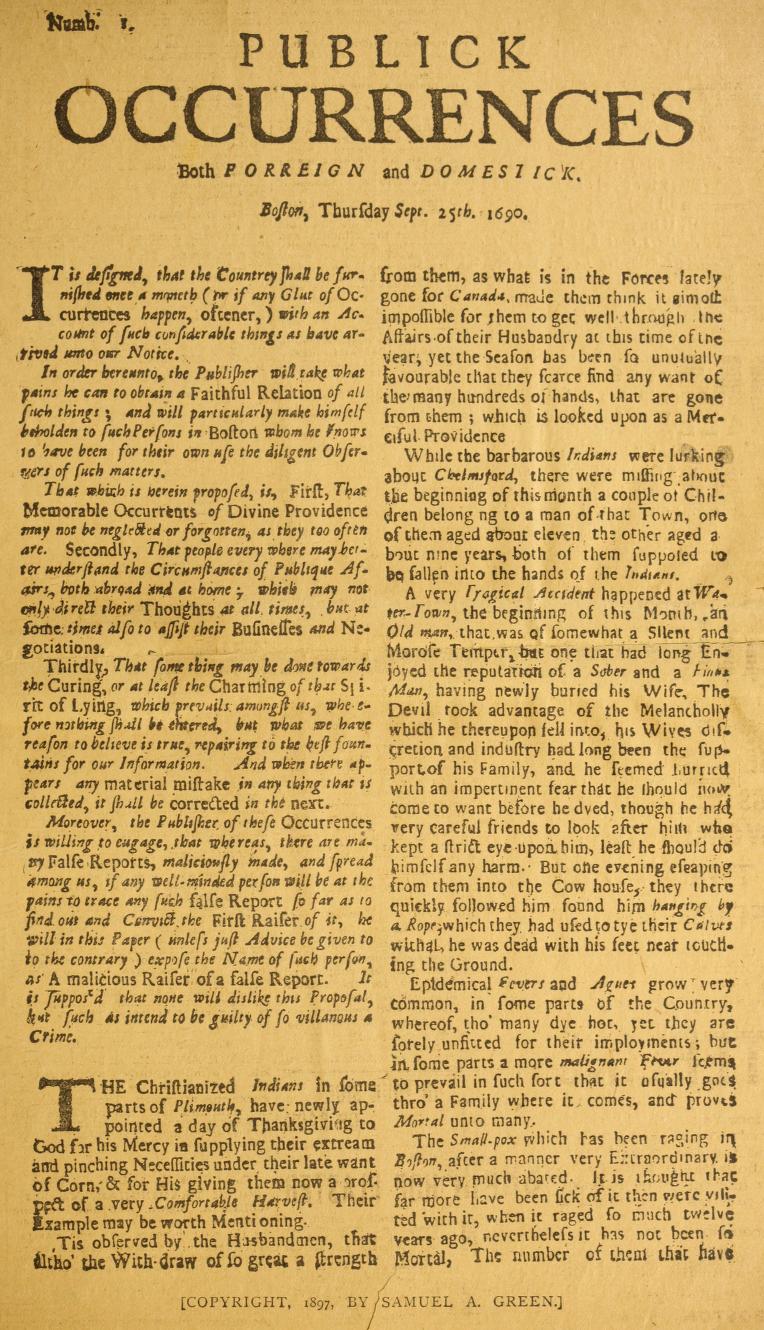

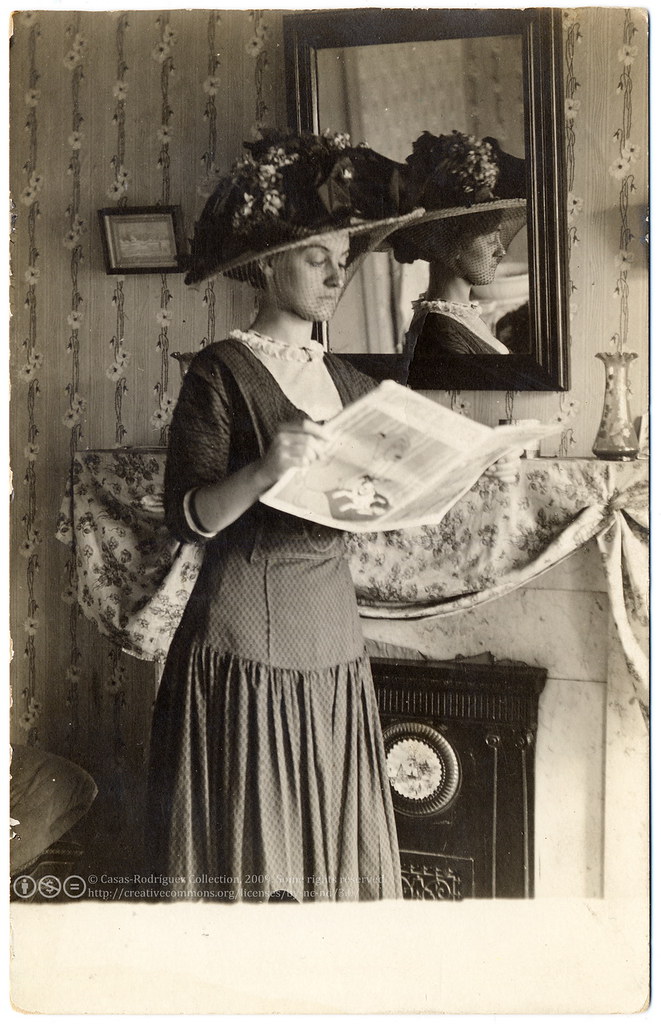
Leave A Comment